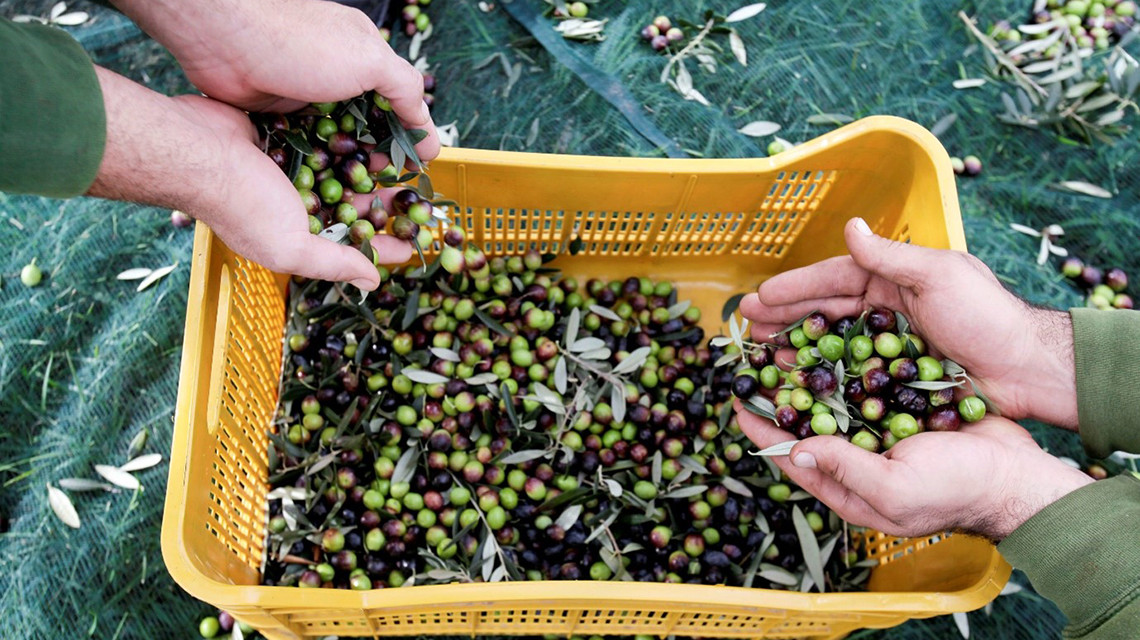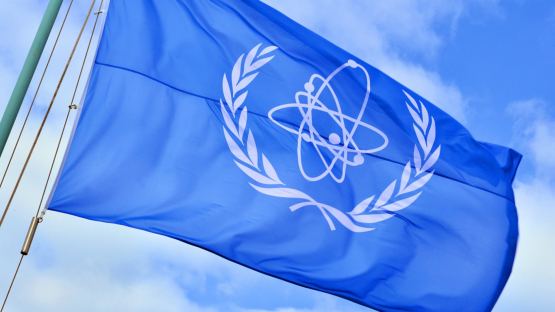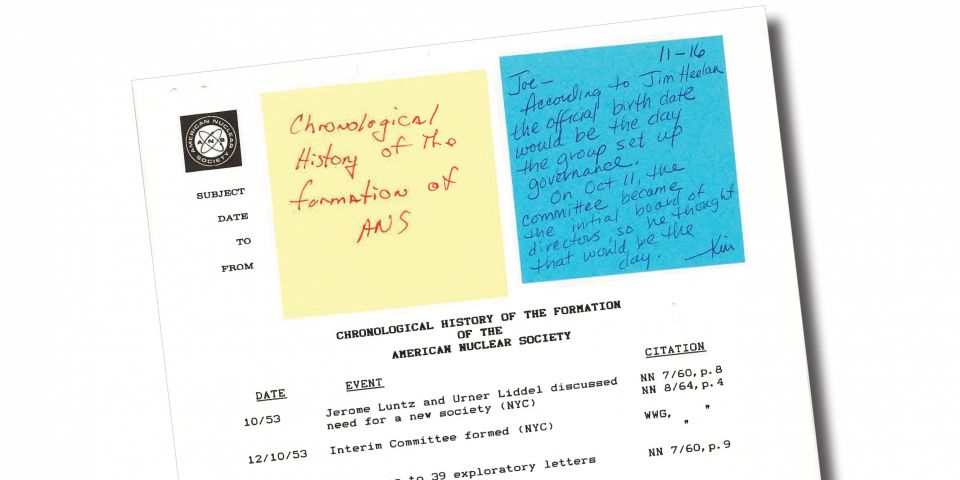Research carried out by the Joint Food and Agriculture Organization (FAO)/IAEA laboratory and described by the IAEA on February 22 shows that three nuclear science–based laboratory techniques show promise as a nondestructive way to test food products such as olive oil for adulteration or mislabeling. The investigators correctly verified the origin of Slovenian extra virgin olive oil from the Istria region, which has a protected designation as a high-value product, after analyzing a total of 64 authentic extra virgin olive oils collected over two years from Slovenia, Italy, Croatia, Greece, Tunisia, and Spain as part of an IAEA collaborative research initiative with these countries. In a separate study, the investigators also analyzed olive oils from different regions of Lebanon.
Focus on Slovenia: Using Fourier transform near-infrared spectroscopy (FT-NIR) and headspace gas chromatography ion mobility spectrometry (HS-GC-IMS), scientists at the Joint FAO/IAEA laboratory were able to tell the difference between extra virgin olive oil from Slovenia and other countries with between 86 percent and 93 percent accuracy. The research on Slovenian olive oil was carried out as part of an IAEA coordinated research project to develop more food authentication tests, which may reveal where the olives in extra-virgin olive oil were grown.
The FT-NIR technique is a nondestructive technique which involves shining a beam with many frequencies of light at a sample and measuring the absorption of near-infrared light. HS-GC-IMS analyzes the gas layer above a sample, rather than the sample itself. The resultant 2D data matrix can be used to compare samples to each other or a reference sample, according to the IAEA.
“Infrared spectroscopy and other techniques such as HS-GC-IMS can be used to analyze the samples in the laboratory and directly in the field; offer high sample throughput [and] low operational costs; [and] require little or no sample preparation and no need for chemicals or specialized laboratory facilities,” said Christina Vlachou, head of the Food Safety and Control Laboratory of the Joint FAO/IAEA Centre of Nuclear Techniques in Food and Agriculture.
Focus on Lebanon: Scientists used a different spectroscopy technique—Fourier transform infrared spectroscopy with attenuated total reflectance (FTIR ATR)—to accurately discriminate olive oil between different regions of Lebanon in a separate study.
Olive oils from different regions of Lebanon vary in both quality and price. Scientists were able to differentiate between 242 olive oils and identify their origin from four different regions of Lebanon with 89 percent accuracy, according to the IAEA. FTIR ATR was used to measure the internal reflection of infrared light from interaction with a sample and process the data using mathematical algorithms.
Collaboration: Building on the October 2023 launch of Atoms4Food, a joint initiative of the IAEA and the Food and Agriculture Organization of the United Nations (FAO), food specialists from academia, public bodies, industry, and commercial organizations will gather at IAEA headquarters in late May for the International Symposium on Food Safety and Control. New research to tackle food fraud and other innovations in food safety and control will be among the issues considered at the Symposium.
This year also marks the 60th anniversary of the Joint FAO/IAEA Centre of Nuclear Techniques in Food and Agriculture, an international partnership that supports the safe and appropriate use of nuclear and related technologies in food and agriculture to contribute to global food security and sustainable agricultural development worldwide.








